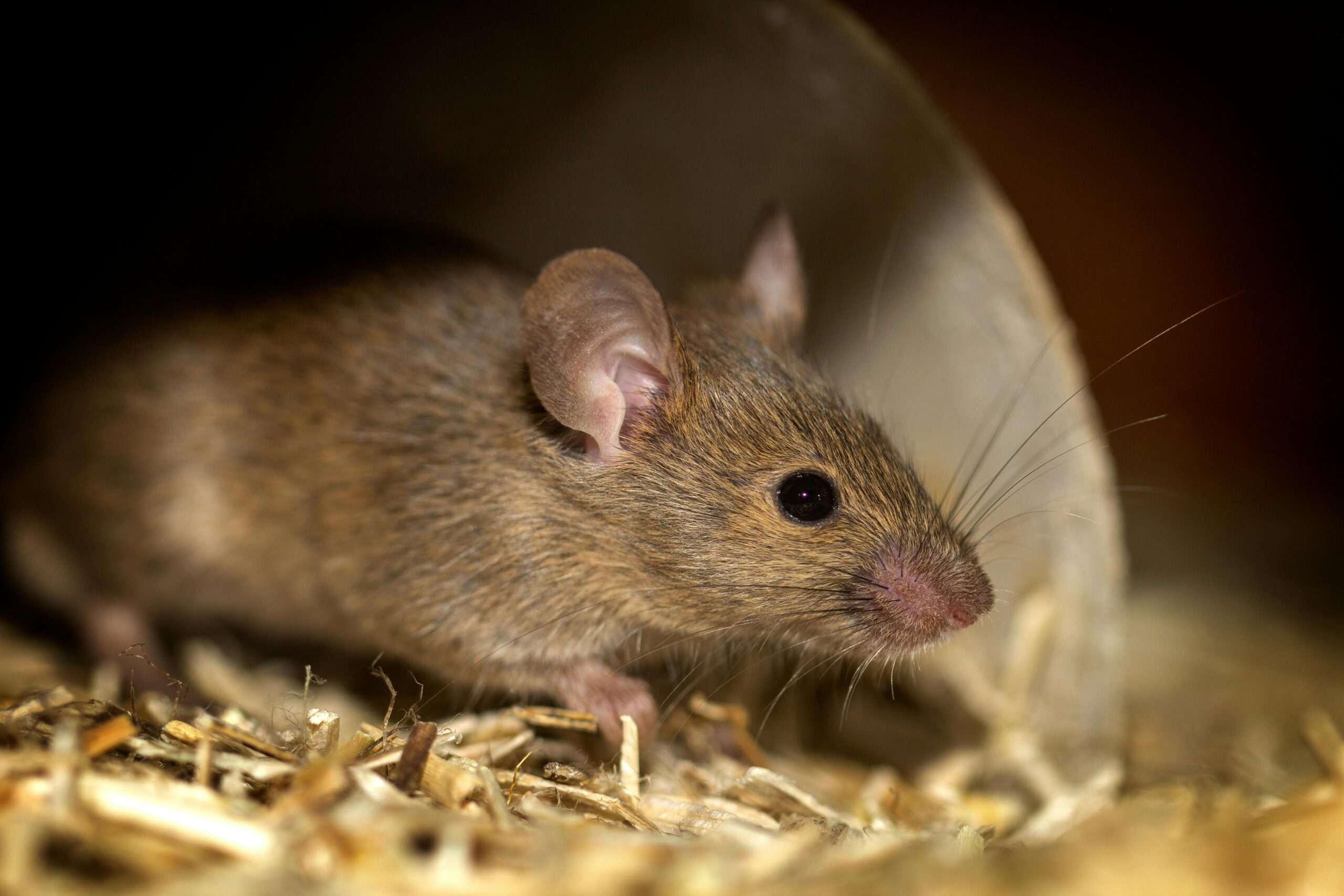
Hidden Pests? Signs & Prevention Tips
Pests can invade your home quietly, causing damage long before you notice their presence. Early detection is crucial to preventing a full-blown infestation that could affect your property and health. So, how can you tell if you have a hidden pest problem? The top signs include unusual noises, unexplained damage, droppings, and odd smells. If you notice any of these indicators, it’s time to take action. Identifying these signs early not only saves you money on potential repairs but also protects your home from becoming a breeding ground for pests. In this blog, we’ll break down the top 10 signs of a hidden pest issue and share some expert tips for prevention.
1. Unusual sounds in the walls or ceilings:
One of the first indicators of a hidden pest problem is strange sounds, especially at night. You might hear scurrying, scratching, or squeaking, particularly in attics, basements, or behind walls. These noises are often made by rodents or insects moving around your home.
2. Droppings or urine stains:
Rodents and insects often leave behind droppings or urine stains, which can be found in less-frequented areas like basements, pantries, or under sinks. Pest droppings vary in size and shape depending on the invader, so be on the lookout for anything unusual.
3. Unexplained damage to walls, furniture, or wiring:
Pests like termites, rodents, and carpenter ants can cause significant damage to your home. Holes in walls, gnawed wires, or furniture damage are often signs of pest activity. If left untreated, this damage can become costly and dangerous.
4. Foul or musty odors:
Pests often leave behind a distinctive odor. For instance, a mouse infestation can produce a stale, ammonia-like smell, while insects like roaches give off an oily or musty odor. If your home suddenly has an unusual smell, it might be time to investigate for hidden pests.
5. Finding shed skin, wings, or exoskeletons:
Many pests, including bed bugs, cockroaches, and termites, shed their skin and wings as they grow. If you find any remnants of this nature, it’s a clear sign that pests are present, even if you haven’t seen the pests themselves.
6. Small holes or tunnels in wood structures:
Termites and carpenter ants burrow into wood to create their nests, leaving behind small holes or tunnels. These pests can wreak havoc on your home’s structure if left undetected, so be vigilant about any changes to wood surfaces.
7. Unexplained bites or skin irritation:
Bed bugs and fleas are notorious for causing skin irritations, bites, and rashes. If you or your pets are experiencing unexplained bites, it could be a sign of a hidden pest infestation in your bedding and furniture.
8. Nesting material found in corners or hidden spaces:
Rodents often build nests out of shredded materials such as paper, fabric, or insulation. If you find small piles of these materials in hidden corners or behind appliances, it’s a sign that rodents may be living in your home.
9. Grease marks or tracks along walls:
Rats and mice tend to run along the same paths repeatedly, leaving behind dark, greasy marks or tracks along baseboards and walls. These trails are a sure sign of frequent rodent activity and should be addressed quickly.
10. Hollow-sounding wood:
If tapping on wood produces a hollow sound, this could be a sign of termite damage. Termites consume wood from the inside out, leaving only a thin outer layer. Regularly check for soft or hollow wood, particularly in basements, attics, and crawl spaces.
Preventing a Pest Infestation: What You Can Do
Preventing pests from entering your home is the best line of defense. Here are some essential tips:
- Seal cracks and gaps: Check doors, windows, and walls for any cracks or holes that pests could use to enter your home. Sealing these up can block their access.
- Proper food storage: Always store food in sealed containers and clean up any crumbs or spills immediately.
- Maintain a clean home: Regularly vacuuming, mopping, and wiping down surfaces can eliminate the conditions pests need to thrive.
- Inspect regularly: Make a habit of inspecting your home, especially the less-frequented areas, for any of the signs mentioned above.
Contact Us Today
Detecting a hidden pest problem early can save you from costly repairs and protect your wealth. If you notice any of these signs, don’t wait to take action. West Termite & Pest, with locations across Arkansas and Oklahoma, offers professional pest control, termite control, and lawn care treatment and services to ensure your home stays pest-free. We even provide a free consultation to help you assess the extent of your pest problem and determine the best course of action. Don’t let pests take over your home – contact West Termite & Pest today for peace of mind.
Call your local West Termite location or fill out the form
on our contact page to schedule your inspection today!
More posts from West Termite, Pest & Lawn
Top 5 Spring Pests in Arkansas and How to Keep Them Out
Looking to protect your home this spring? Pest season in Arkansas starts as early as March, and if you’re not prepared, you could find yourself sharing your space with ants, termites, mosquitoes, spiders, or wasps. In this guide, we will cover the top five spring...
Spring Into Action: Preventing Termite Infestations in Arkansas Homes
Termite infestations are a serious concern for homeowners in Arkansas, especially during the spring when these pests become most active. Preventing termite infestations early can save you from expensive structural damage and long-term headaches. Termites thrive in the...
Early Spring Lawn Care Tips: How to Keep Your Arkansas Yard Healthy
A healthy lawn starts in early spring. If you want lush, green grass by summer, the groundwork begins as the weather warms and the soil softens. The right early spring lawn care routine is essential for homes in Arkansas, where fluctuating temperatures and humidity...



